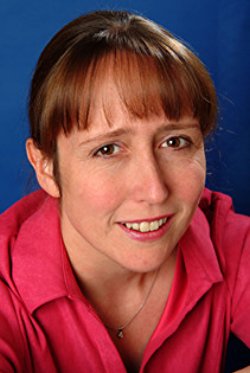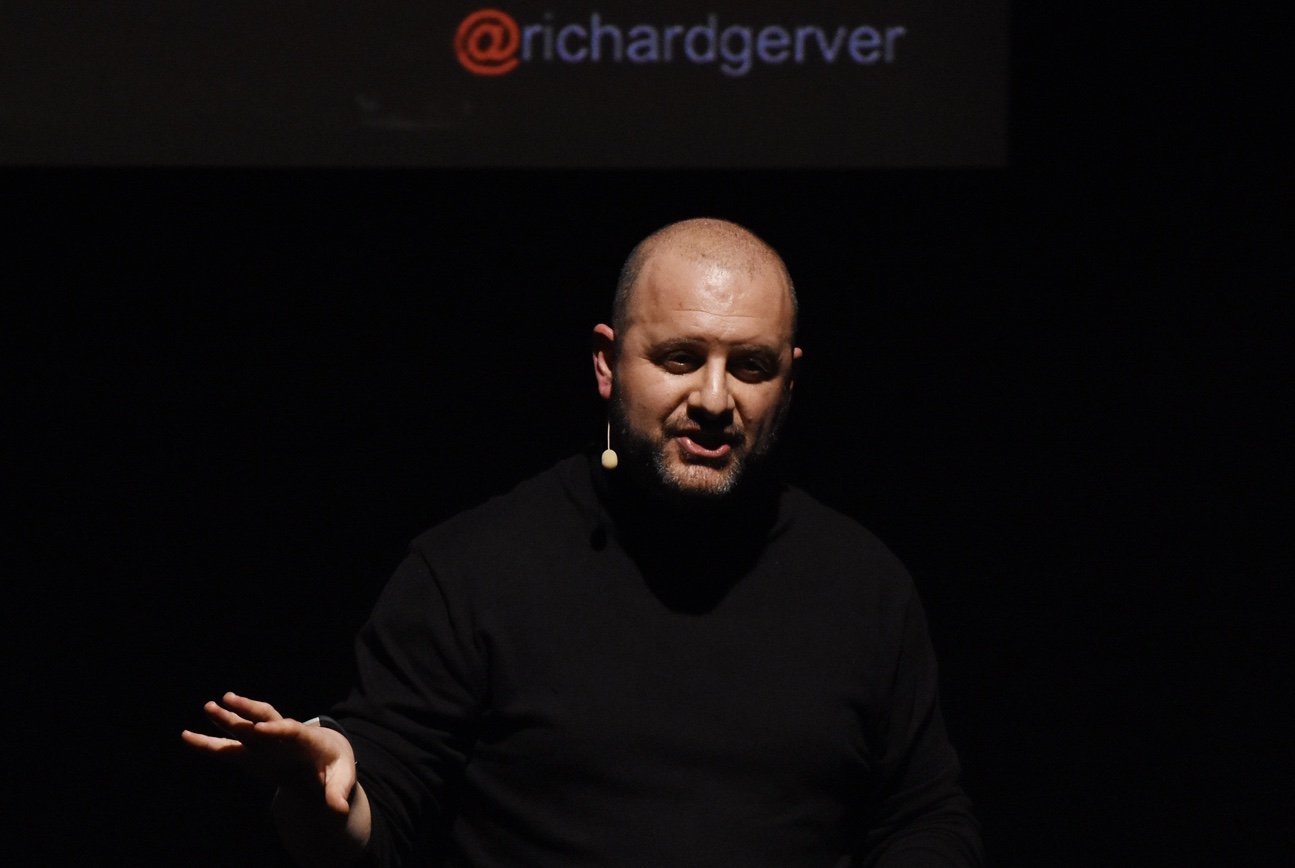Ten Tips for Differentiation from Sue Cowley
Ten Tips for Differentiation
Sue Cowley
Differentiation comes in all different shapes and sizes – it is definitely not just about creating different worksheets for different children. Much differentiation is so subtle that an observer might not even notice it was happening – when the teacher picks a particular child to answer a question, in order to build her confidence, for instance, this is differentiation. In my new book, “The Ultimate Guide to Differentiation”, I offer lots of practical advice on creating support and challenge in your classroom. Here are ten tips to get you started.
- All differentiation starts with getting to know your learners, so prioritise time spent finding out about your children. Ask their parents or carers for input as well – as the EYFS framework highlighted, the parents are the child’s “first and most enduring educators”.
- As well as finding out about your learners, you need to find out what knowledge they have, or you may end up teaching them things they already know. At the start of any topic, use sticky notes on a working wall to gather all the information (and questions) that they already have.
- Think about how you use language – when you repeat an instruction, or a piece of information, gradually increase the difficulty of the vocabulary you use. This will help you to extend vocabulary for your weaker children and stretch those who already have more extensive knowledge.
- Projects are a great way to stretch and challenge children, although they do need careful management. You can hold ‘mini lessons’ during the course of a project, to inject the information that the children need.
- For everything you plan, think of a ‘top’ (an extension) and a ‘tail’ (a support). Even if you don’t write it down in your lesson plan, it is a good habit to get into, to think about this.
- Remember that level of attainment is not the only difference you need to consider – children will have different personalities, experiences, social and cultural backgrounds, and so on as well. Aim to account for these as well, for instance remembering that colours have different meanings in different cultures.
- Aim to incorporate children’s experiences into class – my child’s class did a topic on China, and we just happened to have visited the country recently. The teacher asked my child to present some information to the class about our experiences there.
- When using scaffolds to support children’s writing, make sure that you remove them as soon as you can. Don’t create a sense of over reliance on these structures –otherwise the building might fall down once you remove the scaffold that holds it up.
- Find lots of different ways for children to record their ideas, particularly if they find writing difficult. Experiment with assistive technology, for instance Dragon Naturally Speaking voice recognition software.
- Teach your learners strategies, as well as information. For instance, showing them how to use visualisation to memorise things, or how to create mnemonics to jog their memories.
Sue Cowley is an experienced teacher, writer and presenter, whose specialisms are in the areas of behaviour management and creative teaching and learning. Sue is the best selling author of more than twenty five books for teachers and parents, including Getting the Buggers to Behave, Teaching Skills for Dummies and How to Survive your First Year in Teaching.
Sue Cowley’s latest book is The Ultimate Guide to Differentiation (https://amzn.to/2Hk83Tz).







